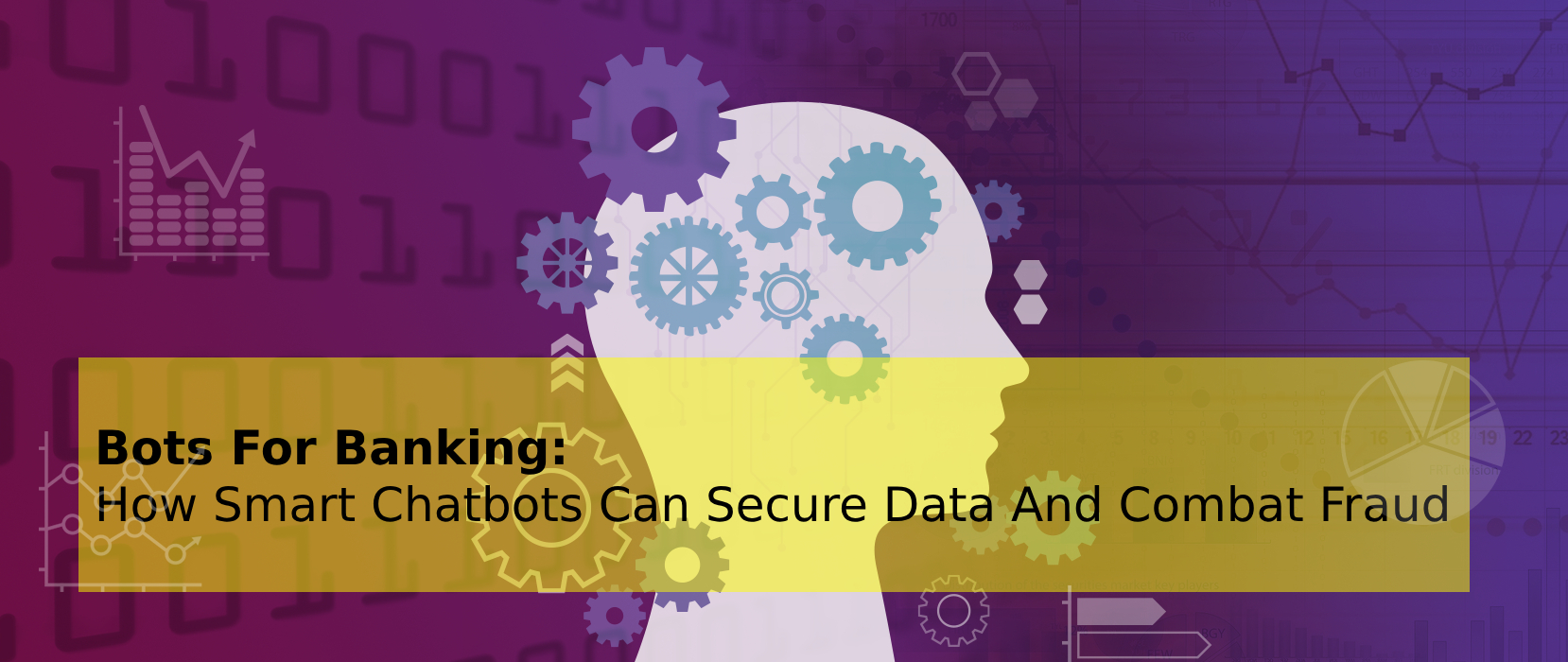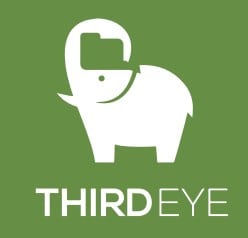We are living in an age where convenience, speed, and efficiency are king. So, unsurprisingly, chatbots have taken reign as the preferred method of customer service for many — not least fast-paced professionals that don’t have the time to sit through automated messages or wait on hold for a human operator.
In fact, 69 percent of consumers prefer chatbots for quick communication with brands, and Gartner predicted that by 2020, 85 percent of engagement with businesses will be conducted without the consumer ever interacting with another human being.
There’s few places that AI-powered chatbots have more potential than in the financial sector. Many of the big banks have already introduced chatbots into their customer service infrastructure, including Bank of America, Capital One, MasterCard and American Express.
Yet it’s important to remember that, in finance, chatbots enhanced with AI have much more to bring to the table than just dealing with basic transaction and information-based requests.
AI chatbots can seriously help financial service providers of all sizes in areas like data security, fraud detection, and assistance with wealth management. Here’s how.
Data is safer with a chatbot
While many people may question the integrity of chatbots’ data security, when built and used correctly, they can actually provide more in the way of privacy and protection of the user’s details than a human operator.
Most of the customer support requests that financial institutions receive are related to users’ banking information, their balance, and other private details. This is delicate information that’s crucial to keep secure, so with insider theft of personally identifiable information (PII) proving to be more of a threat than outside hacks, it makes sense to hand the responsibility of keeping it safe with a trustworthy AI-based chatbot.
Chatbots can take over functions involving the exchange of PII, totally removing humans from the loop, thus increasing overall security. The chatbot will dutifully follow all of the data privacy and protection policies that the security engineer enforces and keep to the confines of how it’s instructed to access the data required for the conversation.
Thus, as the data flows between the user, the chatbot and the backend systems – essentially “data-in-motion” – it’s guaranteed to be secure as there are fewer human touch points and a reduced probability of process breakdowns.
By using a chatbot for these conversations rather than a human, banks and other financial service providers can increase security without making the customer do more — something 75 percent of businesses have stated as being a priority for them.
And while most human operators won’t have malicious intent to steal PII, there may still be instances of negligence. Humans will never be 100 percent reliable, and in many cases they will prove to be the weakest link in this type of secured environment. Deploying an AI chatbot is a great way to reduce the risk of data security breaches and give customers peace of mind.
Chatbots track and report on fraud, in real time
Fraudulent activity is undoubtedly one of the biggest problems financial service providers have to face day in, day out. And with 61 percent of fraud losses for major banks stemming from identity fraud, financial services need to find a way to better ensure that their users are who they say they are.
Luckily, chatbots can detect such activity much better than humans can. For example, imagine a user of a chatbot is trying to impersonate someone else, and starts the conversation by providing the correct authentication information for the person who’s identity they want to steal, giving them access to the information that they were seeking.
However, in later conversations the user stumbles on basic questions, such as information on the weather in the correct user’s local area. Further, the user’s responses to other questions don’t match the “writing” profile on the correct user that has been created by the backend AI systems over time.
Let’s also say that the real customer is supposed to be based out of San Jose, CA, yet the incoming IP address is in another country. An AI-based chatbot can detect all of these inconsistencies in real time, alert the financial service provider, and give them the option to verify suspicious transactions and advise on next steps.
In addition to this, AI chatbots with voice and facial recognition capabilities will add another layer to preventing identity theft in financial institutions. Chatbots can analyze the voiceprint of the user in real time, compare it with the previously stored voiceprints and detect if the current user is the real user or not. Additionally, these chatbots can detect tension, nervousness or even malicious intent by analyzing the voiceprints in real time. When detected, they can then alert the financial service provider so they can act accordingly to prevent the PII theft attempt.
Fraud prevention in banking and finance is critical to maintaining customer trust in security practices. Integrating AI-based chatbots into their security infrastructure is a great way to reduce the probability of such incidents.
Chatbots can provide personalized, data-powered advice
Chatbots also have huge potential in helping people manage their money. In terms of investment support, the AI-powered backend system of a chatbot has capabilities to assess a user’s portfolio based on their profile, calculate the risk-taking capacity of the user, and manage their wealth in a much more organized way. The system can then recommend portfolio updates, change the risk profile based on a conversation, largely replacing the need for a human financial adviser.
For day-to-day banking, the AI can understand the customer’s spending habits by tracking their card transactions and give budget and planning tips based on this data.
Now enhanced with AI, Bank of America’s virtual assistant Erica is able to help customers tackle complex tasks and provide personalized guidance to help them stay on top of their finances. Erica gives its 3.6 million users insights such as monthly spending snapshots, flags upcoming recurring charges, and helps to track month-to-month changes to FICO® scores.
Aditya Bhasin, head of Consumer, Small Business and Wealth Management Technology for Bank of America, explained that they have integrated more than 200,000 different ways for the clients to ask financial questions and build Erica’s conversational knowledge.
Clearly, AI-powered chatbots have a lot more to offer the banking and finance sector than just customer service support. And while customer service chatbots have their benefits (not least reducing the need for humans to do simple, automatable tasks) financial service providers – from small fintech startups to big banks – should be leveraging the power of AI to improve their customers’ data security, prevent fraudulent activity, and help their customers make the best decisions they can with their money.

DJ Das is the Founder and CEO of ThirdEye Data, a Data Science, engineering and analytics firm. DJ has successfully delivered new products and services to over 20 Fortune 500 companies. A serial entrepreneur, DJ is also an angel investor in various data-centric startups in Silicon Valley.
Source: Bots For Banking: How Smart Chatbots Can Secure Data And Combat Fraud










